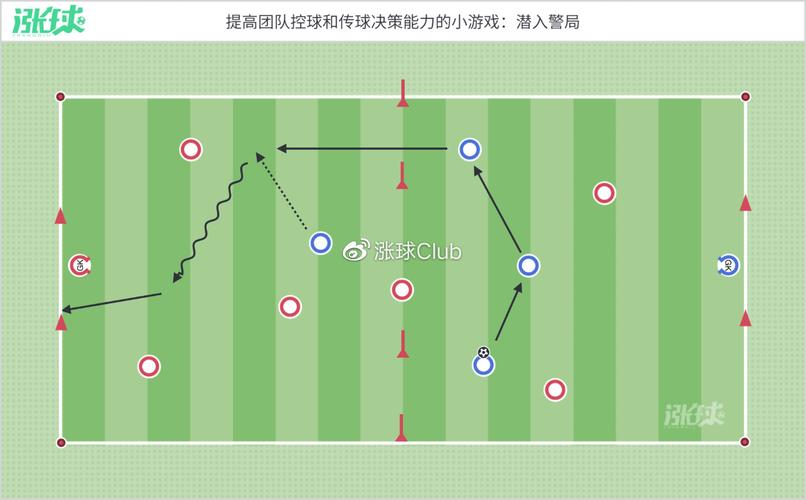疯狂的足球2021
Title: The Science Behind Spectacular Soccer Goals
Introduction
Soccer, or football, is a sport beloved by millions worldwide, captivating fans with its fastpaced action and thrilling goals. The process behind these incredible goals involves a combination of skill, technique, and scientific principles. In this exploration, we delve into the physics and mechanics behind the art of scoring in soccer.
The Anatomy of a Goal
A soccer goal is a culmination of various factors working in harmony:
1.
Player Technique
: A player's technique significantly influences the trajectory and speed of the ball. Proper foot positioning, body alignment, and striking technique determine the accuracy and power of the shot.2.
Ball Dynamics
: The soccer ball itself plays a crucial role. Modern soccer balls are designed to optimize flight characteristics, with features such as aerodynamic panels and textured surfaces to enhance stability and control.3.
Pitch Conditions
: The condition of the playing surface affects ball behavior. A wellmaintained pitch allows for smoother ball movement, enabling players to execute precise passes and shots.The Physics of Scoring
Several fundamental principles of physics come into play when a player takes a shot:
1.
Projectile Motion
: When the ball is kicked, it follows a curved path known as projectile motion. Factors such as initial velocity, launch angle, and air resistance influence the trajectory of the ball.2.
Velocity and Momentum
: The speed of the ball upon impact, coupled with the mass of the ball, determines its momentum. Increasing velocity or mass results in a more forceful shot, increasing the likelihood of a goal.3.
Spin and Magnus Effect
: Players often impart spin on the ball to control its flight. The Magnus effect, caused by the interaction between the spinning ball and the surrounding air, leads to deviations in the ball's trajectory, enabling players to curve shots around defenders or goalkeepers.4.
Collision Dynamics
: When the ball collides with an object, such as the goalposts or the goalkeeper's hands, the principles of conservation of momentum and energy come into play. Understanding these dynamics allows players to anticipate and exploit gaps in the defense.Strategic Considerations
Scoring goals in soccer is not merely a matter of physics; it also involves strategic decisionmaking:
1.
Positioning
: Players must position themselves optimally to receive passes and take shots. Strategic positioning increases the likelihood of finding open space and evading defenders.
2.
Team Coordination
: Effective teamwork and communication are essential for creating scoring opportunities. Players must work together to orchestrate attacks and capitalize on defensive weaknesses.3.
Anticipation and Reaction
: Anticipating the movements of opponents and reacting swiftly to changing game situations are critical skills for goal scorers. Quick thinking and spatial awareness enable players to exploit openings and execute successful shots on goal.Conclusion
In conclusion, the art of scoring in soccer is a multifaceted endeavor that blends skill, technique, and scientific principles. By understanding the physics behind ball motion, mastering shooting techniques, and employing strategic tactics, players can unleash the full potential of their scoring prowess. Whether it's a thunderous strike from outside the box or a delicate chip over the goalkeeper, each goal in soccer is a testament to the intricate interplay between athleticism and science.
References
:FIFA Laws of the Game: https://www.fifa.com/aboutfifa/whoweare/lawsofthegame/
"The Physics of Football" by Timothy Gay
"Science of Soccer" by John Wesson






0 条评论